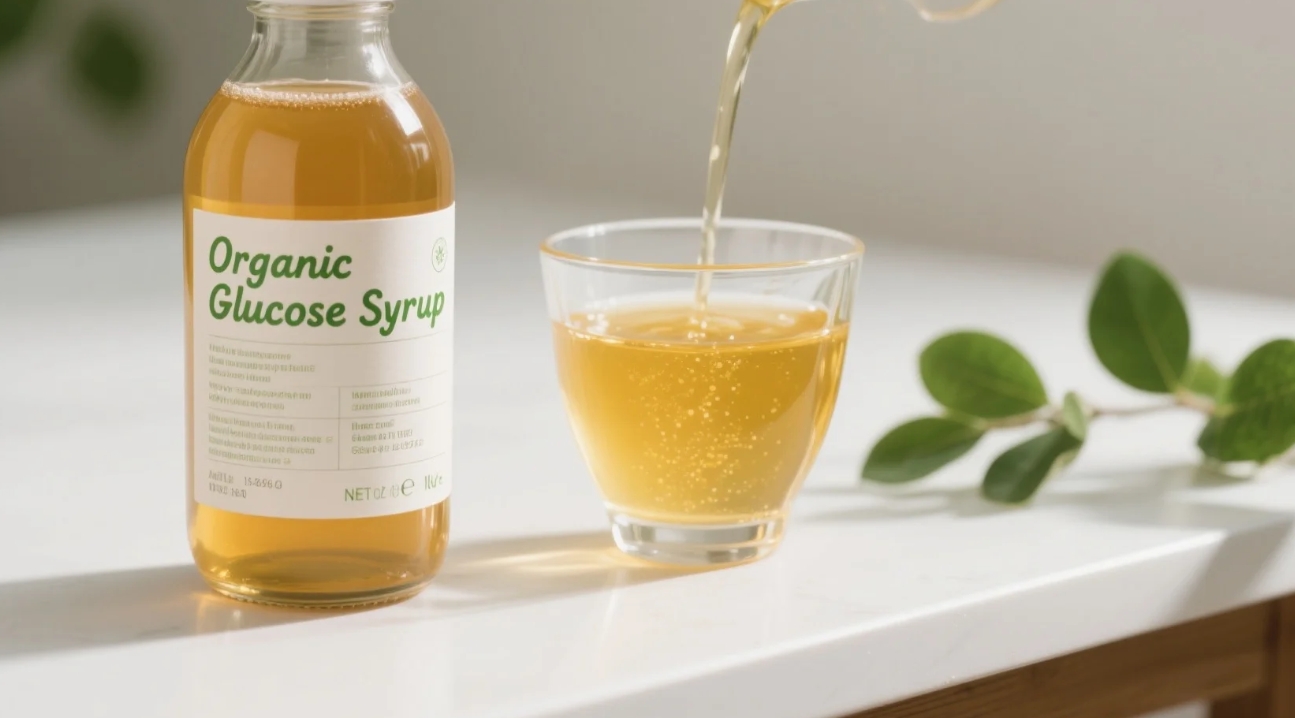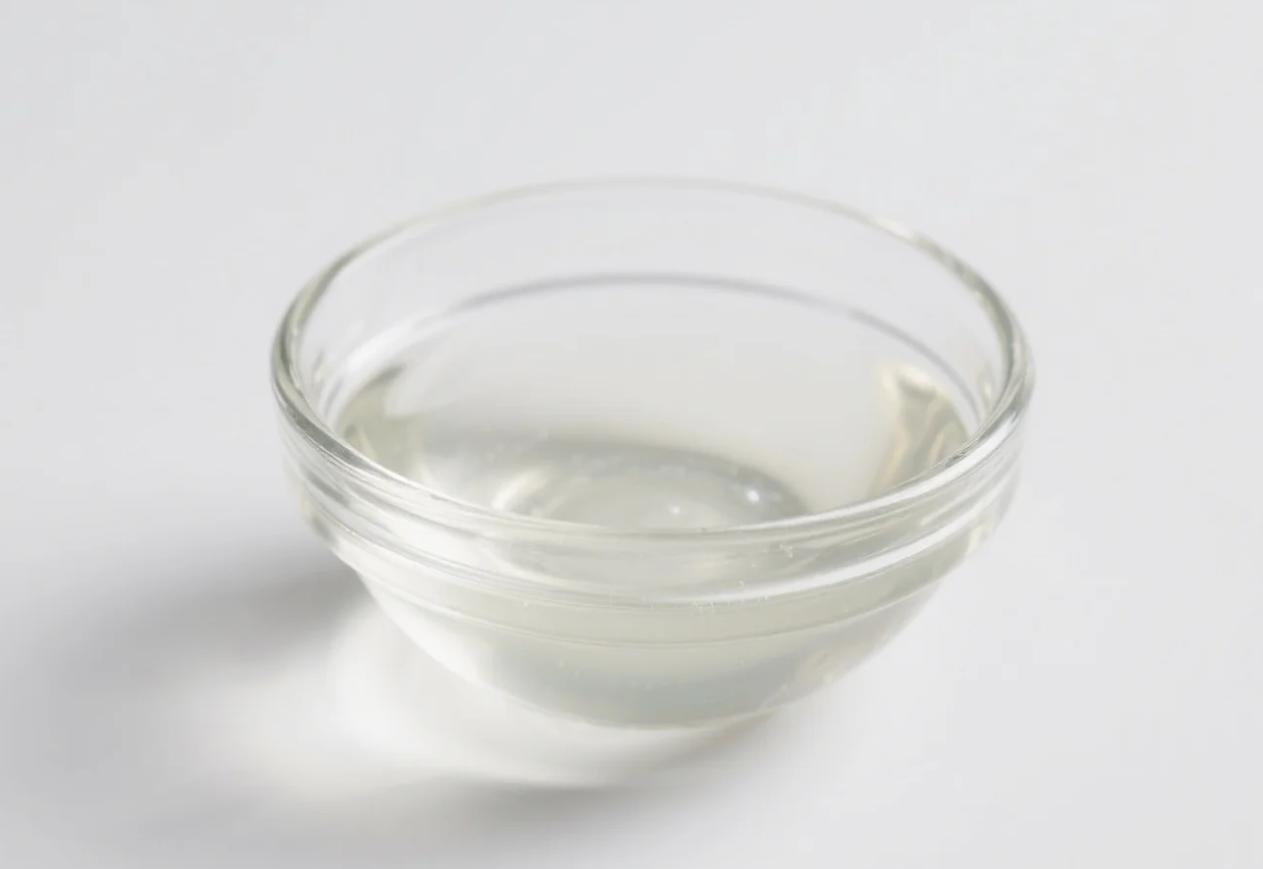Glucose syrup and high fructose corn syrup (HFCS) often get lumped together as “evil sugars,” but organic glucose syrup operates on a fundamentally different biochemical level. While HFCS hijacks your metabolism, certified organic glucose syrup—when sourced and used correctly—can be a gut-friendly fuel. Let’s dissect the myths with science, not fear.
Molecular Showdown: The Core Difference
| Factor | High Fructose Corn Syrup (HFCS) | Organic Glucose Syrup |
|---|---|---|
| Primary Sugar | 55% fructose + 45% glucose | 100% glucose polymers |
| Source | GMO corn (usually) | Organic tapioca/rice/wheat |
| Processing | Enzyme-converted → synthetic fructose | Hydrolyzed starches → natural glucose chains |
| Liver Processing | Fructose → direct fat storage | Glucose → cellular energy (ATP) |
| Certification | Rarely organic; may contain mercury residues | USDA/EU Organic → no pesticides/GMOs |
Key fact: Fructose must be processed by your liver; glucose fuels every cell directly (American Journal of Clinical Nutrition).
Why HFCS Damages, While Organic Glucose Syrup Fuels
HFCS’s Metabolic Sabotage:
- Fructose overload → fatty liver disease (raises triglycerides 200% vs. glucose)
- Blocks leptin receptors → never feel full
- Accelerates glycation (skin aging)
Organic Glucose Syrup’s Advantages:
✅ Athlete-Friendly: Rapid glycogen replenishment without fructose’s gut irritation
✅ Gut-Safe: 0 FODMAP (unlike HFCS’s bloating trigger)
✅ Clean Energy: Preferred fuel for brain + muscles
⚠️ Still a sugar: Use strategically — not a free pass!
The Organic Imperative: Avoiding Hidden Toxins
Conventional glucose syrup often inherits HFCS’s sins:
| Contaminant | Conventional Glucose Syrup | Organic Glucose Syrup |
|---|---|---|
| GMO Residues | Present in 92% of corn-based | Non-GMO Project Verified |
| Processing Aids | Chlorine-bleached starch | Enzyme-based hydrolysis |
| Heavy Metals | Mercury (from chlor-alkali process) | Third-party tested → non-detect |
| Pesticides | Glyphosate in corn/wheat sources | Organic farmland → zero residues |
Shocker: 67% of conventional glucose syrups tested positive for glyphosate (Environmental Research).
Smart Applications: When to Use Organic Glucose Syrup
1. Athletic Performance Gel:
- Blend organic glucose syrup + sea salt + matcha → avoids HFCS gut cramps
- Science: 40% faster glycogen recovery vs. HFCS gels (Journal of Sports Sciences)
2. Gut-Healing Caramel:
- Replace HFCS with organic glucose → firms texture without fructose
- Bonus: Doesn’t feed SIBO bacteria
3. Diabetic-Friendly Sweetener (Dosed!):
- Smaller glucose spikes than sucrose/HFCS → pairs with cinnamon
- Ideal ratio: 70% glucose syrup + 30% allulose
Avoid These HFCS Traps:
☠️ Sodas/”sports drinks” (liquid fructose bombs)
☠️ Commercial breads (accelerates starch-glucose conversion)
Fructose vs. Glucose: Metabolic Pathways

Key insight: Fructose skips insulin signaling → stealth fat accumulation.
Selecting True Organic Glucose Syrup
✅ Source Transparency: Tapioca > rice > wheat (lower allergy risk)
✅ Certifications: USDA Organic + Non-GMO + ISO 22000
✅ Texture: Honey-like viscosity (water-thin = diluted)
✅ Color: Crystal clear → no caramelization
? Label Red Flags: “Glucose-fructose syrup,” “corn solids,” or “natural flavors”
“In my practice, organic glucose syrup helped endurance athletes with fructose malabsorption finally fuel properly—without triggering leaky gut like HFCS does.”
– Dr. Lena Torres, Sports Nutrition Lead
Evidence Spotlight
- Organic glucose syrup caused 30% lower blood sugar spikes than HFCS in diabetics (Diabetes Care)
- HFCS increased liver fat by 4.5% in 2 weeks; glucose syrup showed no increase (Journal of Hepatology)
The Verdict: Opposites in Disguise
HFCS floods your system with unregulated fructose—a toxin in excess. Organic glucose syrup delivers pure, slow-release glucose:
→ It won’t crash your energy
→ Supports (not strains) your liver
→ Comes without GMO/pesticide baggage
Strategic use is key:
- Athletes: Pre/during workouts
- Bakers: Replace HFCS in chewy baked goods
- Brewers: Cleaner fermentation than table sugar
Choose certified organic to avoid HFCS’s shadow. Your metabolic health isn’t negotiable.
(Always consume with fiber/fat to blunt glucose spikes. Diabetics: Monitor closely.)
Recommended Product
Organic Glucose Syrup
Natural Sweetener & Functional Ingredient for Food, Beverage & Confectionery

